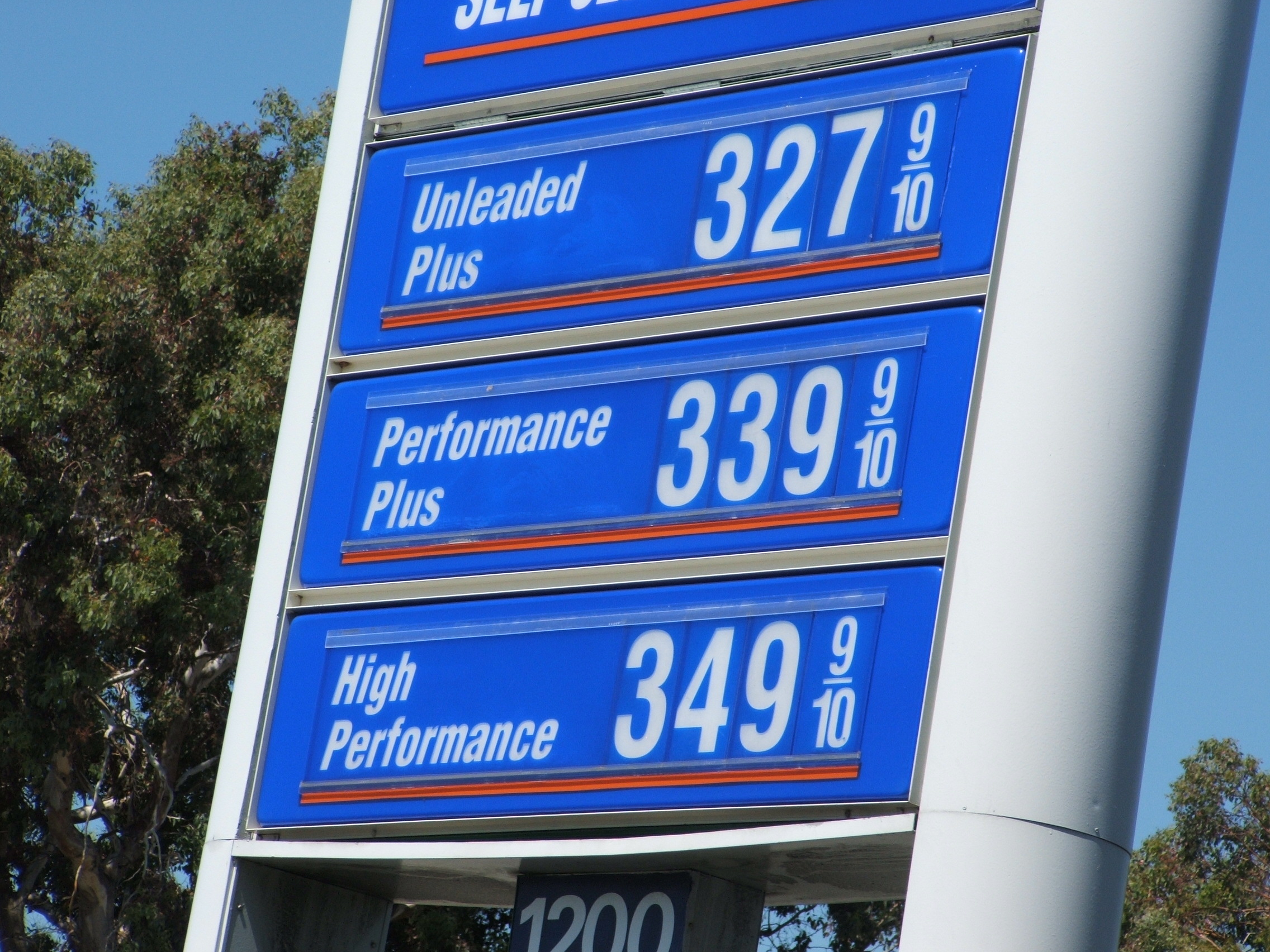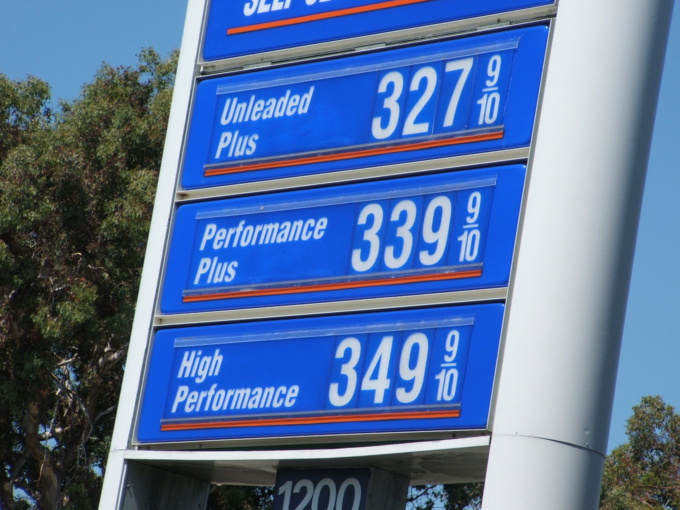Experts linked the price increase with reduction in world oil reserves and risk of a breakdown of supplies from Venezuela and Iran. These factors will definitely lead to a price increase of up to $ 90 per barrel, the experts are convinced. If OPEC decides to extend OPEC plus agreement and sanctions on Tehran enter into force, Brent oil will be subject to a mark of $ 100.
This is the first assumption of the return of high oil prices that sounded on Wall Street. Another major player, Goldman Sachs Group Inc., expects prices to rise in 2019 to 82.5 dollars per barrel.
The previous "bullish" forecast of Merrill Lynch, released in November 2017, seemed overly optimistic, too. Now, however, it is coming true: then the company predicted a price increase of $ 75 per barrel of Brent.
Worsening of the situation around the nuclear program can aggravate the situation on the oil market. It is a big question whether Iran will restrain production in these conditions.
On Tuesday, Bloomberg warned that if the US sanctions are renewed – and Trump unequivocally made it clear that he will do it by May 12 - the volume of Iranian oil exports, which now reaches 2 million bpd, will be reduced by 500,000 bpd.
If sanctions are introduced, banks, insurance companies, oil refineries, shipping companies and ports involved in the export of Iranian oil will be excluded from the world banking system. Then, they will have no choice but to stop operations with Iran. Currently, more than half of Iranian oil is coming to India and the PRC, with which the US has recently exacerbated economic relations. And another quarter is designated for in the EU.
Iran itself, meanwhile, is planning to begin deliveries of its own West Karoun oil in May-June, Reuters reports citing sources. A new export terminal in the south-west of the country will allow the delivery of West Karoun directly.
Among the factors of rising oil prices besides Iran, traders call instability in Libya, the war in Yemen, the crisis in Venezuela, etc. In addition, there is no understanding of future of the OPEC + deal.
The agreement’s participants have different opinions about this issue: although the parties have formally reached a consensus on maintaining the restriction (total volume for all 27 countries that joined the transaction is 1.8 million bpd) until the end of 2018, some are suggesting a smooth withdrawal from the contract.
The rise in prices could spur the OPEC + countries to default on the agreement terms. It must be remembered that the budgets of these countries are highly dependent on oil revenues and the member countries can take advantage of the moment and obtain short-term profit
In this case, failure to comply with the agreement’s terms will put downward pressure on the market. So, it is unlikely that in the near future the terms of the deal will be revised towards easing the restrictions.
Meanwhile, in March 2018, the overall level of execution of the transaction reached a record 149% versus 138% in February 2018. In general, this indicator was 113% since the beginning of the year.
From the fundamental point of view, the restoration of the balance of supply and demand in the market is slow, due to the fact that non-OPEC countries are increasing production. Now, only reduction in production in Venezuela contributes to the fact that the imbalance in the market continues to decline, although less than by 1 million bpd.
In the first quarter, OECD oil inventories declined by 90 million barrels and now exceed the average for 5 years by only 12 million barrels. And on May 8, Saudi Energy Minister Khaled al-Faleh said that reducing stocks to five-year average levels is no longer the goal of OPEC +. New ministers of the OPEC + countries will discuss the new benchmarks for the deal in Vienna on June 22-23.
source: reuters.com, bloomberg.com
This is the first assumption of the return of high oil prices that sounded on Wall Street. Another major player, Goldman Sachs Group Inc., expects prices to rise in 2019 to 82.5 dollars per barrel.
The previous "bullish" forecast of Merrill Lynch, released in November 2017, seemed overly optimistic, too. Now, however, it is coming true: then the company predicted a price increase of $ 75 per barrel of Brent.
Worsening of the situation around the nuclear program can aggravate the situation on the oil market. It is a big question whether Iran will restrain production in these conditions.
On Tuesday, Bloomberg warned that if the US sanctions are renewed – and Trump unequivocally made it clear that he will do it by May 12 - the volume of Iranian oil exports, which now reaches 2 million bpd, will be reduced by 500,000 bpd.
If sanctions are introduced, banks, insurance companies, oil refineries, shipping companies and ports involved in the export of Iranian oil will be excluded from the world banking system. Then, they will have no choice but to stop operations with Iran. Currently, more than half of Iranian oil is coming to India and the PRC, with which the US has recently exacerbated economic relations. And another quarter is designated for in the EU.
Iran itself, meanwhile, is planning to begin deliveries of its own West Karoun oil in May-June, Reuters reports citing sources. A new export terminal in the south-west of the country will allow the delivery of West Karoun directly.
Among the factors of rising oil prices besides Iran, traders call instability in Libya, the war in Yemen, the crisis in Venezuela, etc. In addition, there is no understanding of future of the OPEC + deal.
The agreement’s participants have different opinions about this issue: although the parties have formally reached a consensus on maintaining the restriction (total volume for all 27 countries that joined the transaction is 1.8 million bpd) until the end of 2018, some are suggesting a smooth withdrawal from the contract.
The rise in prices could spur the OPEC + countries to default on the agreement terms. It must be remembered that the budgets of these countries are highly dependent on oil revenues and the member countries can take advantage of the moment and obtain short-term profit
In this case, failure to comply with the agreement’s terms will put downward pressure on the market. So, it is unlikely that in the near future the terms of the deal will be revised towards easing the restrictions.
Meanwhile, in March 2018, the overall level of execution of the transaction reached a record 149% versus 138% in February 2018. In general, this indicator was 113% since the beginning of the year.
From the fundamental point of view, the restoration of the balance of supply and demand in the market is slow, due to the fact that non-OPEC countries are increasing production. Now, only reduction in production in Venezuela contributes to the fact that the imbalance in the market continues to decline, although less than by 1 million bpd.
In the first quarter, OECD oil inventories declined by 90 million barrels and now exceed the average for 5 years by only 12 million barrels. And on May 8, Saudi Energy Minister Khaled al-Faleh said that reducing stocks to five-year average levels is no longer the goal of OPEC +. New ministers of the OPEC + countries will discuss the new benchmarks for the deal in Vienna on June 22-23.
source: reuters.com, bloomberg.com



















